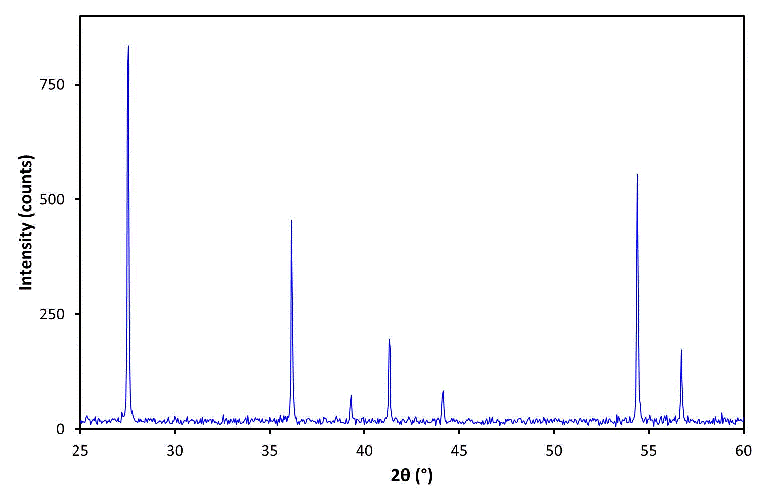

Zr caused the decrement in the first derivative peak intensity of eutectic phases which may be eventuated from extending the solid solubility by the addition of Zr. It has been shown that ΔTR,α reaches zero when Al-5Ti-1B master alloy is added to Al-6Mg alloy. This phenomenon has been proved when recalescence undercooling (ΔTR,α) was calculated. Therefore, the grain size of the alloy used Al-5Ti-1B or Zr grain refiner was 105 µm and 185 µm, respectively. The refining power of Al-5Ti-1B for Al-6Mg is more effective because of its larger growth restriction factor (GRF) in comparison with Zr. The grain refining potential is an inherent property that depends on the growth restriction factor (GRF) and mostly relates to solute concentration and liquidus line slope. The CCTA results indicated that the addition of Al-5Ti-B and Zr causes an increment of nucleation temperature, TN,α,(from 622.4 to 628.4 and 625.7☌, respectively). Microstructural evaluations showed the main secondary phases of Al-6Mg alloy are Al3Fe, Al8Mg5, and Mg2Si. The microstructure and intermetallic phases were studied through scanning electron microscopy (SEM), EDS, and X-ray mapping. The aim of this work is to investigate the effects of two grain refiners of Al-5Ti-1B and Zr on the solidification transformations of Al-6Mg alloy and dendrite coherency point (DCP) using two thermocouple cooling curve thermal analyses (CCTA). Īl-Mg based alloys are widely used in industrial applications and grain refining is used for structural refinement to achieve high strength and ductility. On the other hand, it is found that remarkable simultaneous improvements of mechanical strength of 1100 MPa and electrical properties of 21%IACS are obtained in the hydrogenated alloy. The grain size of the alloy is found to be about 20-50 nm after HDDR treatments such as hydrogenation treatment at 350 degrees C under hydrogen pressure of 7.5 MPa for 48 h, followed by the hydrogen desorption treatment at 530 degrees C for 4 h in vacuum. This means that the HDDR phenomena could take place ill the Cu-3 mass%Ti alloy. In consequence, the original solid solution phase of the alloys formed. With decomposition of Ti hydrides by the subsequent desorption process, Ti resolved into Cu matrix. During hydrogenation process, the disproportionation reaction occurred with forming of T hydrides in the alloy. The present paper describes the grain size refinements of Cu-3 mass%Ti alloys by hydrogen heat-treatment of so-called Hydrogenation-Disproportionation-Desorption-Recombination (HDDR) process.


 0 kommentar(er)
0 kommentar(er)
